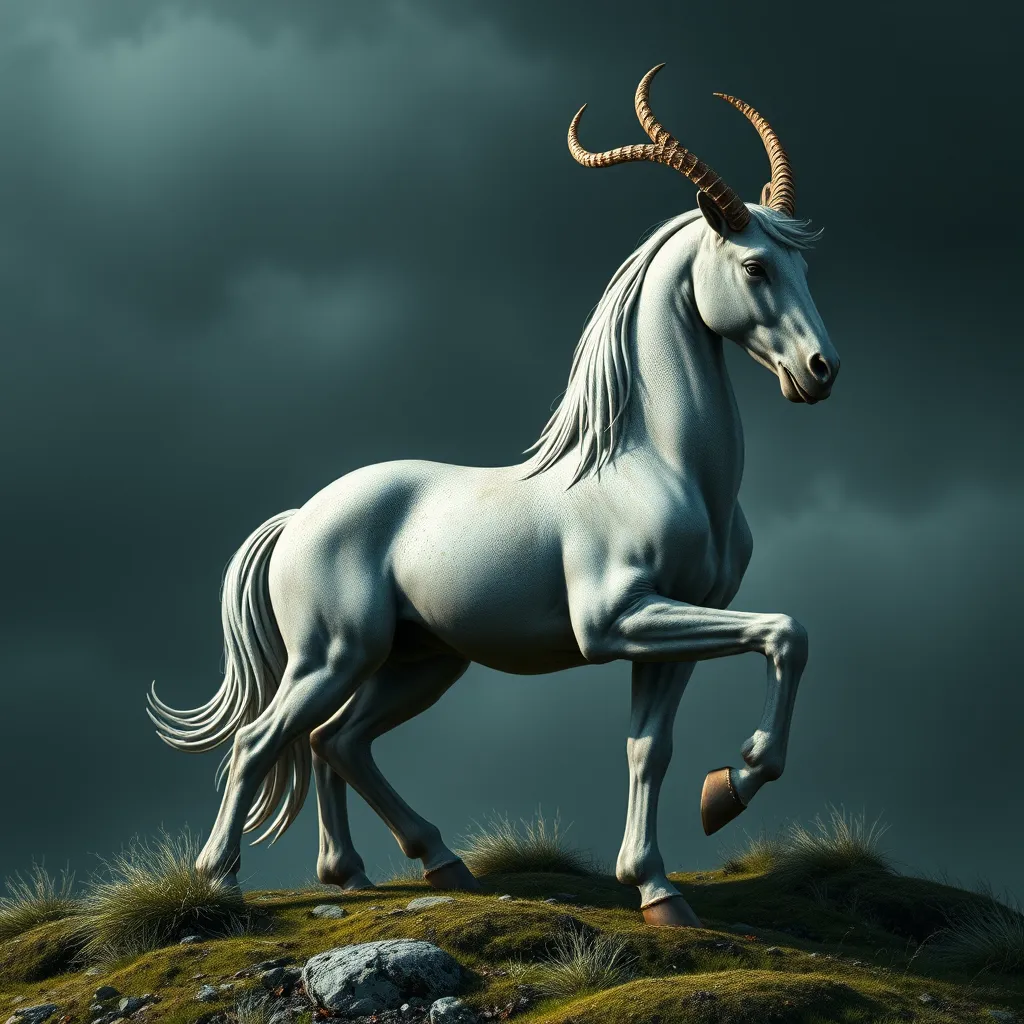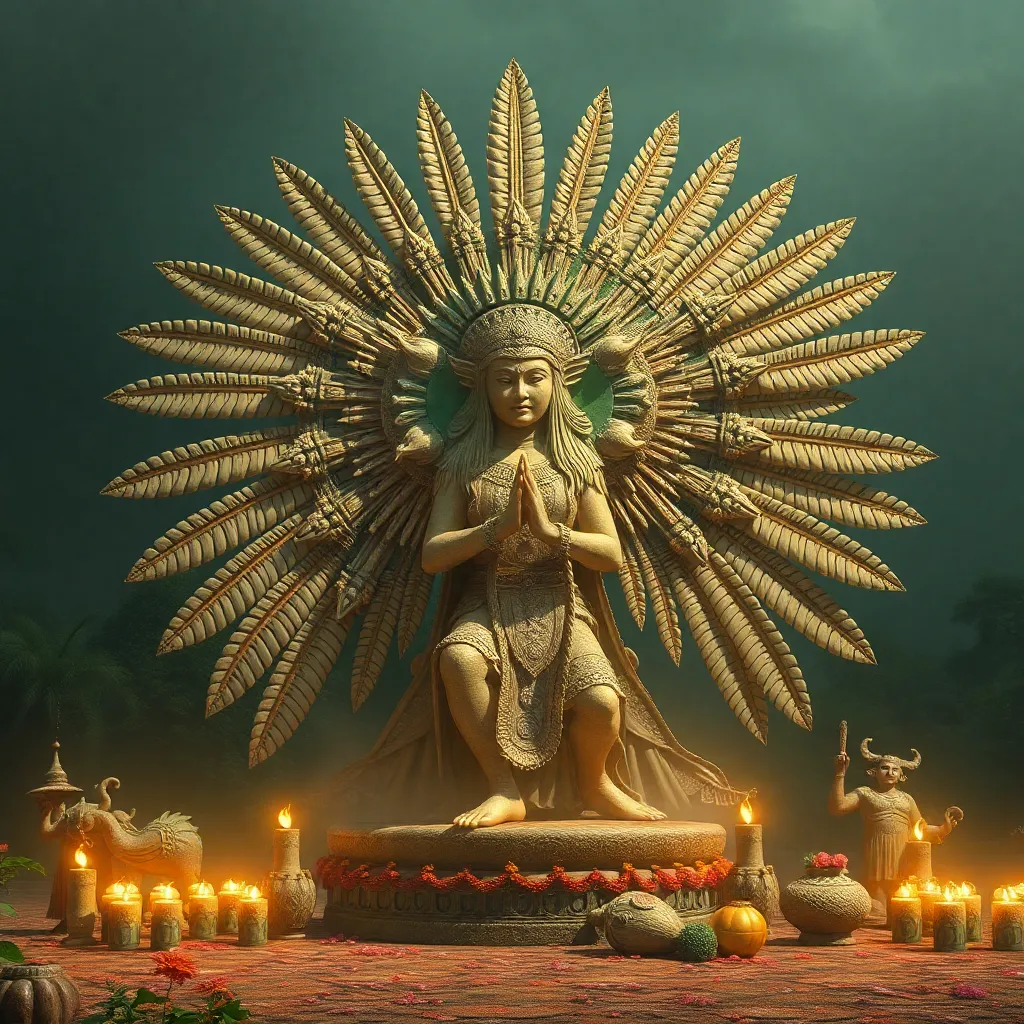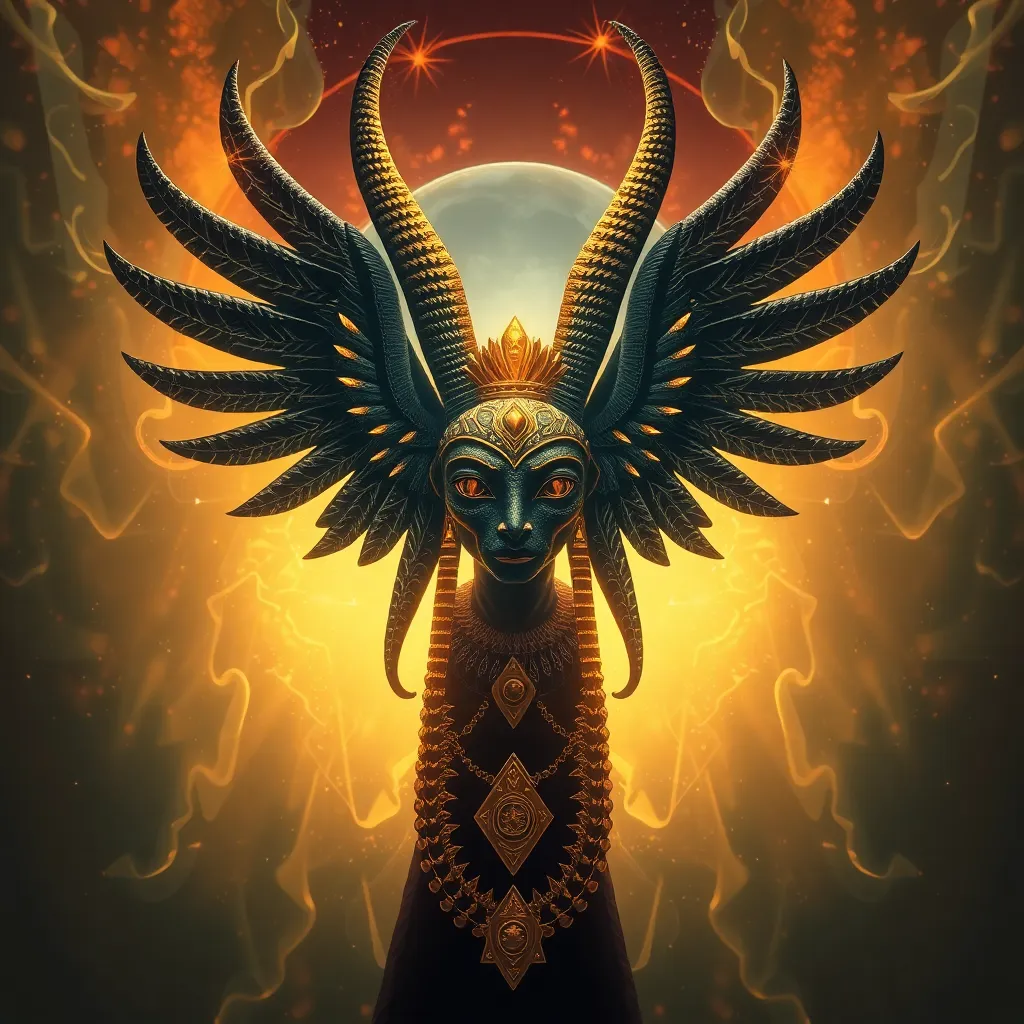The Centaur in Norse Mythology: Exploring the Norse Equivalent of the Centaur
I. Introduction
A. Definition of the Centaur in Greek mythology
The centaur is a mythological creature from Greek mythology, depicted as having the upper body of a human and the lower body of a horse. This unique hybrid embodies the duality of civilization and nature, often representing the conflict between the two. Centaurs are commonly portrayed as wild and unruly beings, embodying the primal instincts of horses alongside the intellect of humans.
B. Purpose of the article: Exploring Norse mythology’s equivalent creatures
This article aims to explore the equivalents of centaurs in Norse mythology, investigating hybrid creatures that share similar traits or roles within their respective mythologies. By comparing and contrasting these beings, we can gain insight into how different cultures address the themes of hybridity and the connection between man and nature.
C. Importance of understanding cultural parallels in mythologies
Understanding the parallels between mythologies allows us to appreciate the shared human experience throughout history. Hybrid creatures often symbolize the relationship between humanity and the natural world, and their stories reflect cultural values and beliefs that transcend geographical boundaries.
II. Overview of Norse Mythology
A. Brief introduction to Norse mythology
Norse mythology encompasses the beliefs and legends of the Scandinavian peoples, centered around a pantheon of gods, goddesses, and various mythical beings. With a rich tapestry of stories, Norse mythology features epic tales of creation, destruction, and the intricate relationships between deities and mortals.
B. Key characteristics and themes in Norse myths
- Dualism of chaos and order
- The significance of fate and destiny
- Interconnectedness of all beings
- The cyclical nature of life and death
C. The role of nature and animals in Norse beliefs
Nature plays a crucial role in Norse mythology, often depicted as a living entity filled with spirits. Animals, particularly horses, wolves, and ravens, are prominent, symbolizing strength, loyalty, and the connection between the divine and the earthly realms.
III. The Concept of Hybrid Creatures in Norse Mythology
A. Definition and significance of hybrid beings
In Norse mythology, hybrid beings often symbolize the blending of different domains, such as the human and the animal. These creatures embody both physical and spiritual attributes, illustrating the complexities of existence.
B. Comparison with the Centaur and its dual nature
Much like the centaur, Norse hybrid beings reflect the tension between civilization and wilderness. They often serve as metaphors for the struggles faced by humans in balancing their primal instincts with the demands of society.
C. Examples of other hybrid creatures in Norse mythology
- Fenrir: A monstrous wolf, the offspring of Loki, symbolizing chaos and destruction.
- Jörmungandr: The Midgard Serpent, a giant sea serpent that encircles the world, representing the power of nature.
- Sleipnir: Odin’s eight-legged horse, a hybrid creature that combines human-like intelligence with equine strength.
IV. The Role of Horses in Norse Mythology
A. Symbolism of horses in Norse culture
Horses are revered in Norse culture, symbolizing nobility, strength, and loyalty. They are often associated with the gods and play significant roles in various myths, highlighting the bond between humans and these majestic creatures.
B. Notable mythological horses: Sleipnir and others
- Sleipnir: The steed of Odin, known for its incredible speed and ability to travel between realms.
- Hrimfaxi: A horse associated with the night, symbolizing the passage of time.
- Gullfaxi: A golden-maned horse known for its beauty and strength.
C. The connection between horses and gods
Many gods in Norse mythology ride horses, underscoring the importance of these animals in the divine hierarchy. Horses often serve as symbols of status and power, linking the gods to the mortal world.
V. The Jötnar: The Norse Giants
A. Introduction to the Jötnar and their characteristics
The Jötnar, or giants, are a significant group in Norse mythology, often representing chaos and the untamed forces of nature. They are depicted as powerful beings, sometimes in conflict with the gods, and are integral to the mythological landscape.
B. Hybridity in Jötnar and their interactions with other beings
Many Jötnar possess hybrid characteristics, embodying both human and animal traits. Their interactions with gods, humans, and other creatures often result in the creation of new beings, showcasing the fluidity of identity within Norse mythology.
C. Similarities between Jötnar and the concept of centaur-like beings
Like centaurs, the Jötnar often embody the tension between civilization and nature. Their existence reflects the struggles within the cosmos, highlighting the complexities of existence and the interplay between different realms.
VI. Exploring the Sámi Mythology Influence
A. Overview of Sámi mythology and its connections to Norse beliefs
The Sámi people, indigenous to the Arctic regions of Scandinavia, have a rich mythological tradition that often intersects with Norse mythology. Their stories feature various hybrid figures that reflect the natural world and the spiritual connections between all beings.
B. The Sámi’s hybrid figures and their cultural significance
Sámi mythology includes beings that combine human and animal traits, such as shamans who can transform into animals. These figures embody the connection to nature and the importance of balance within the ecosystem.
C. The blending of Norse and Sámi myths in describing centaur-like beings
As Norse and Sámi cultures interacted, their mythologies influenced each other. The depiction of hybrid creatures in both traditions showcases a shared understanding of the human-nature relationship, enriching the mythological narratives of both cultures.
VII. Comparative Analysis: Centaurs and Norse Equivalents
A. Similarities in behavior and societal roles
Both centaurs and Norse hybrid beings often grapple with their identities, caught between civilization and the wild. They serve as representations of the struggle between these two realms, highlighting the complexities of human nature.
B. Differences in the portrayal and symbolism
While centaurs often embody chaos and unruliness, Norse hybrids can represent a broader spectrum of nature’s power, including wisdom and strength. The cultural contexts lead to varying portrayals and interpretations of these beings.
C. The impact of geography and culture on mythological representations
The geographical and cultural differences between the Greeks and the Norse shaped their mythologies. The rugged landscapes of Scandinavia fostered a different relationship with nature, influencing how hybrid creatures were perceived and represented.
VIII. Conclusion
A. Summary of findings on Norse equivalents to centaurs
This exploration reveals that while Norse mythology may not have a direct equivalent to the centaur, it features various hybrid beings that embody similar themes of duality and the relationship between humanity and nature. The Jötnar, mythological horses, and Sámi influences all contribute to a rich tapestry of hybrid creatures.
B. The significance of exploring mythological parallels
Investigating the parallels between different mythologies enhances our understanding of cultural beliefs and values. It highlights how societies interpret the complexities of existence through their mythological narratives.
C. Final thoughts on the enduring legacy of hybrid creatures in mythology
Hybrid creatures continue to captivate the human imagination, serving as powerful symbols of the interconnectedness of all beings. Their stories endure, reflecting our ongoing struggle to reconcile civilization with the primal forces of nature.



